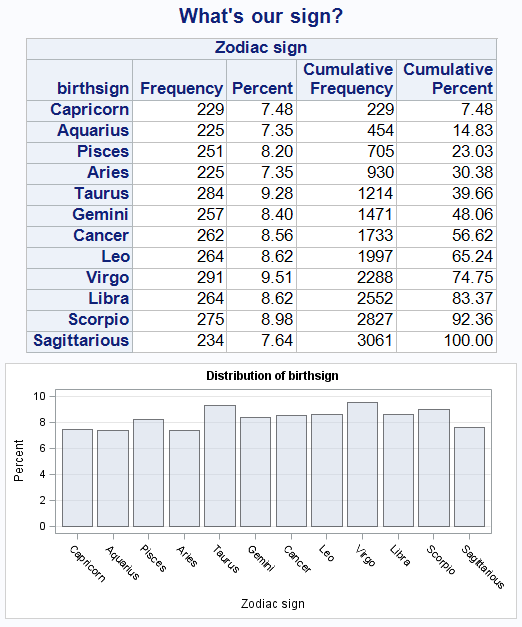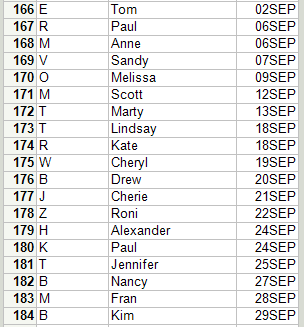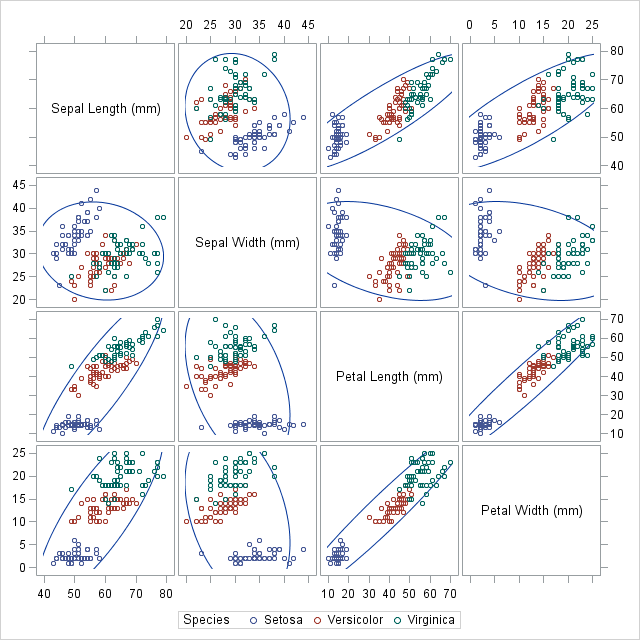
Rick Wicklin and I are engaged in an arms race of birthday-related blog posts. To recap: Rick analyzed national data about births in the USA and what time of year they are most likely to occur. I responded by analyzing the birthdays of my Facebook friends. Rick responded by analyzing














